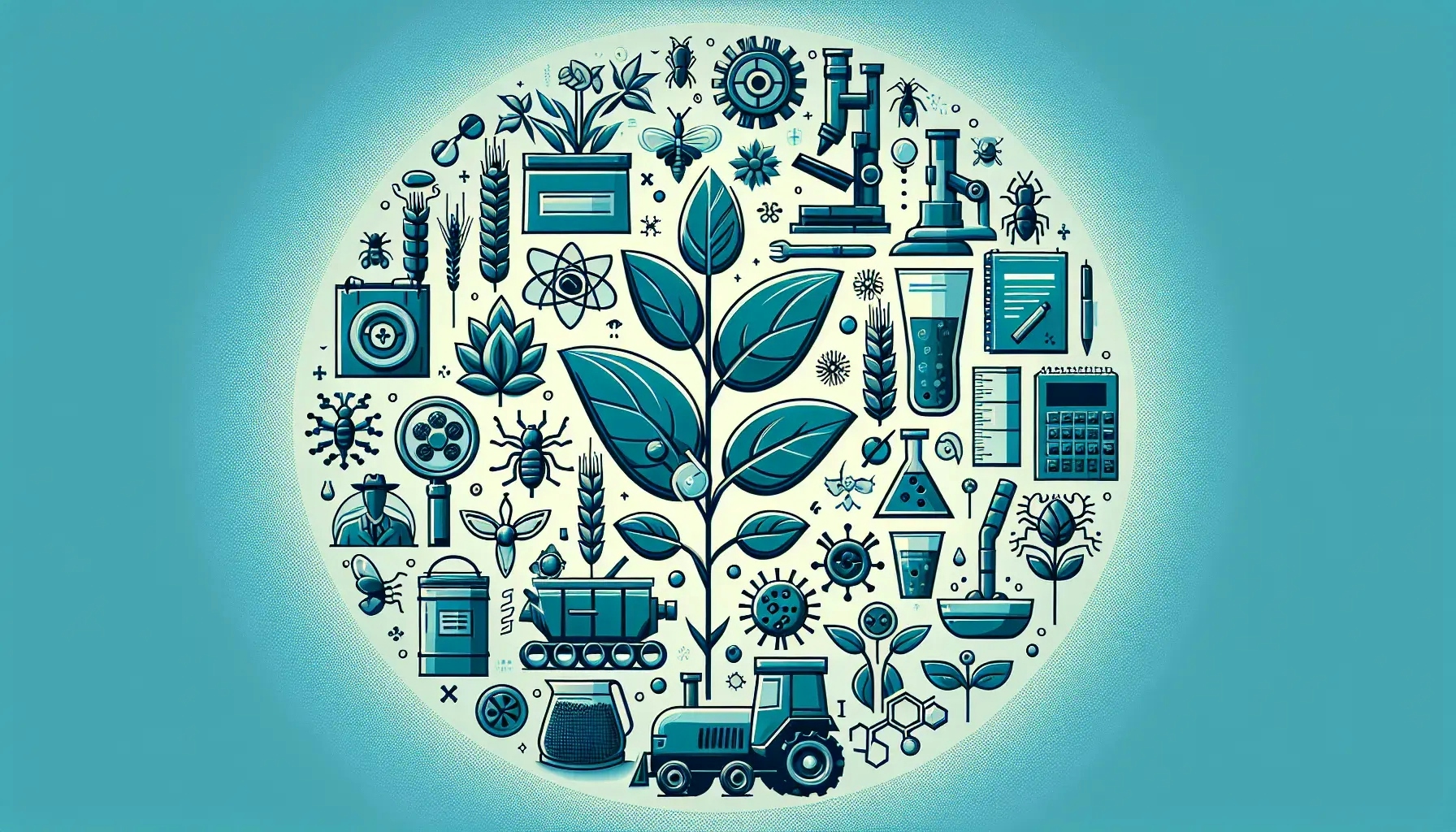Welcome to our comprehensive guide on how to tackle common pests and diseases in agronomy. This blog post will provide you with effective strategies and techniques to protect your crops and ensure a healthy yield. We will delve into the identification, prevention, and treatment of common pests and diseases that pose a significant threat to agronomy.
Understanding the Enemy: Common Pests in Agronomy
In the world of agronomy, pests are a constant threat to crop health and yield. These unwanted guests can range from insects to rodents, each causing their unique set of problems.
Insects, for instance, can cause extensive damage to crops. They feed on plant tissues, leading to stunted growth and reduced yield. Some common insect pests include aphids, caterpillars, and beetles.
Rodents, on the other hand, pose a different kind of threat. They burrow into the ground, damaging roots and causing plants to wilt. Common rodent pests include rats, mice, and gophers.
Understanding the types of pests you're dealing with is the first step in combating them. Once you've identified the pests, you can then devise a plan to control them.
Common Diseases in Agronomy: Identification and Impact
Diseases in agronomy are often caused by fungi, bacteria, or viruses. These diseases can lead to significant crop loss if not properly managed.
Fungal diseases are perhaps the most common. They thrive in damp, humid conditions and can quickly spread across a field. Examples include rust, smut, and powdery mildew.
Bacterial diseases, while less common, can also cause significant damage. They often result in wilting, yellowing, or browning of the plant. Fire blight and bacterial leaf spot are examples of bacterial diseases.
Viral diseases are often spread by pests. They can cause a variety of symptoms, including mosaic patterns on leaves, stunted growth, and reduced yield. Common viral diseases include tobacco mosaic virus and cucumber mosaic virus.
Understanding these diseases and their symptoms is crucial in preventing their spread and minimizing their impact.
Prevention Strategies for Pests and Diseases
Prevention is always better than cure, especially in agronomy. By implementing effective prevention strategies, you can significantly reduce the risk of pests and diseases.
Crop rotation is a simple yet effective strategy. By changing the type of crop grown in a particular field each year, you can disrupt the life cycle of pests and diseases.
Another effective strategy is the use of resistant varieties. These are crop varieties that have been bred to resist specific pests or diseases. By choosing resistant varieties, you can significantly reduce the risk of infestation or infection.
Regular monitoring is also crucial. By regularly inspecting your crops, you can catch pests or diseases early and take action before they spread.
Treatment Options for Pests and Diseases
Despite your best efforts, pests and diseases may still find their way into your fields. When this happens, it's important to have a plan in place to treat them.
For pests, options include biological control, chemical control, and physical control. Biological control involves using natural enemies of the pests, such as predators, parasites, or pathogens. Chemical control involves using pesticides, while physical control involves methods like trapping or hand-picking.
For diseases, treatment options include fungicides, bactericides, and virucides. These are chemicals designed to kill the causative agents of the disease. It's important to use these chemicals responsibly to avoid causing harm to the environment.
The Role of Technology in Combating Pests and Diseases
Technology plays a crucial role in combating pests and diseases in agronomy. From drones for crop monitoring to genetic engineering for disease resistance, technology is revolutionizing the way we fight pests and diseases.
Drones, for instance, can be equipped with cameras and sensors to monitor crop health from above. They can detect signs of pest infestation or disease infection early, allowing for timely intervention.
Genetic engineering, on the other hand, allows us to create crop varieties with built-in resistance to specific pests or diseases. This can significantly reduce the need for chemical control methods.
The Future of Pest and Disease Control in Agronomy
The future of pest and disease control in agronomy looks promising. With advancements in technology and a better understanding of pests and diseases, we are better equipped than ever to protect our crops.
One promising area is the use of biopesticides. These are pesticides derived from natural materials, such as animals, plants, bacteria, and certain minerals. They are generally less harmful to the environment and non-target species compared to synthetic pesticides.
Another area of interest is precision agriculture. This involves using technology to apply the right amount of inputs (like water, fertilizer, and pesticides) at the right time and in the right place. This can significantly improve efficiency and reduce environmental impact.
Wrapping Up: Winning the Battle Against Pests and Diseases in Agronomy
In conclusion, combating common pests and diseases in agronomy is a multifaceted task that requires a comprehensive understanding of the threats, effective prevention strategies, and efficient treatment options. With the aid of technology and continuous research, we can look forward to a future where pests and diseases pose less of a threat to our crops and yield. Remember, a proactive approach is key in winning this battle.

